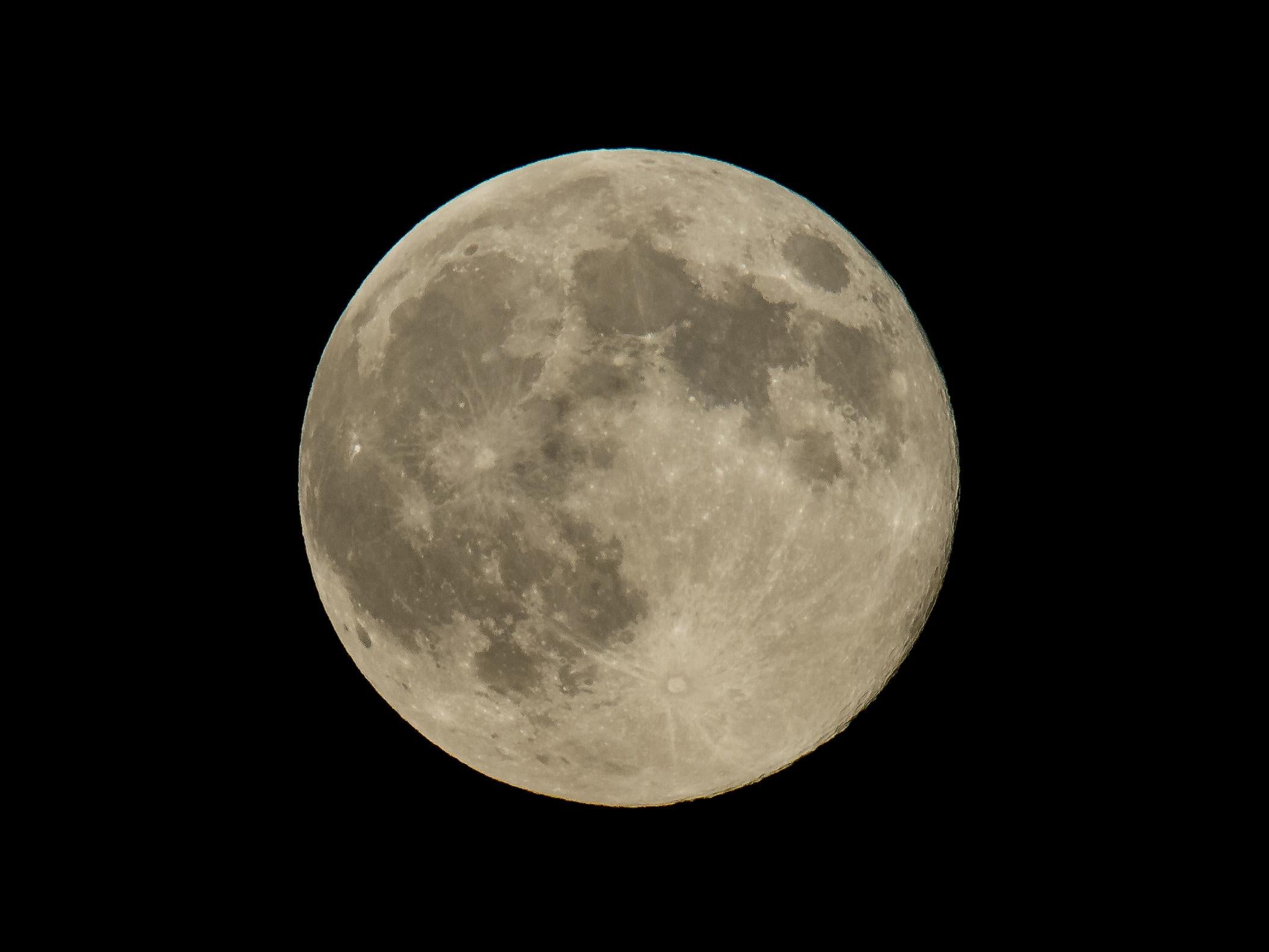Ice found on moon surface in Nasa discovery
Scientists say deposits of frozen water in craters could one day sustain human visitors

Your support helps us to tell the story
From reproductive rights to climate change to Big Tech, The Independent is on the ground when the story is developing. Whether it's investigating the financials of Elon Musk's pro-Trump PAC or producing our latest documentary, 'The A Word', which shines a light on the American women fighting for reproductive rights, we know how important it is to parse out the facts from the messaging.
At such a critical moment in US history, we need reporters on the ground. Your donation allows us to keep sending journalists to speak to both sides of the story.
The Independent is trusted by Americans across the entire political spectrum. And unlike many other quality news outlets, we choose not to lock Americans out of our reporting and analysis with paywalls. We believe quality journalism should be available to everyone, paid for by those who can afford it.
Your support makes all the difference.Frozen water has been discovered for the first time hiding in shadowy craters on the surface of the moon.
Scientists found ice in the lunar north and south poles, which they said could one day provide human visitors with a source of water that would allow for longer stays on the astronomical body.
Most of the ice was found in craters that never reach temperatures higher than -250F (-157C) because sunlight cannot reach them.
The discovery was made using data from Nasa’s Moon Mineralogy Mapper instrument, which was on board the Indian Chandrayaan-1 spacecraft in 2008.
Previous research has revealed possible signs of surface ice in the moon’s south pole, but scientists think those measurements could have been the result of unusually reflective soil.
“We found direct and definitive evidence for surface-exposed water ice in the lunar polar regions,” wrote the researchers in their new paper, published in the journal Proceedings of the National Academy of Sciences.
“The abundance and distribution of ice on the moon are distinct from those on other airless bodies in the inner solar system such as Mercury and Ceres, which may be associated with the unique formation and evolution process of our moon.
“These ice deposits might be utilised as an in situ resource in future exploration of the moon.”
The research team, led by Dr Shuai Li from the Hawaii Institute of Geophysics and Planetology, used a sophisticated method called near-infrared reflectance spectroscopy to make their discovery.
This allowed them to measure light scattering through a material and confirm the presence of ice in a way that has never previously been possible.
If there is enough ice on the moon’s surface, the scientists suggested it would be possible for future expeditions to harvest this precious resource and possibly stay there for long periods.
This would likely be easier to access than the water that has previously been detected buried beneath the lunar surface.
Understanding the distribution of ice and how it got there has been identified by Nasa as a key step in their long-term ambitions to return and explore our planet’s closest neighbour.
The Chinese and European space agencies have also proposed future moon missions, including the potential construction of a moonbase.
Johann-Dietrich Wörner, the director general of European Space Agency, even described the idea of a “Moon Village”, which could serve as a launching pad for future missions to Mars.
Join our commenting forum
Join thought-provoking conversations, follow other Independent readers and see their replies
Comments